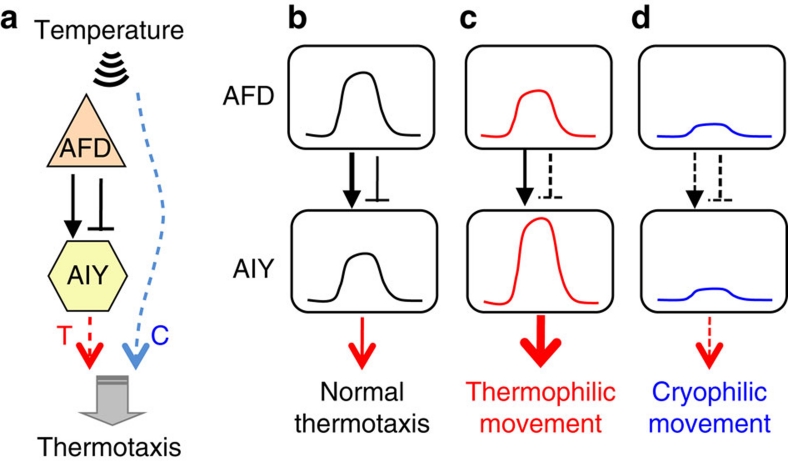Figure 6. A model for neural regulation in AFD–AIY circuit.
(a) A model for neural computation of stimulatory and inhibitory neural signal controlling opposite thermotactic behaviour. Although it is likely that more complicated systems control diverse neural signalling, we describe here a plausible simple neural model. (b) Wiring diagram of stimulatory and inhibitory neural signalling in AFD–AIY circuit. Black arrow or inverted-'T' between AFD and AIY indicate stimulatory or inhibitory neural signalling, respectively. 'T' and 'C' indicate thermophilic and cryophilic driving signal, respectively. Dotted-blue line indicates AIZ-mediated cryophilic driving pathway as described in Figure 1a. Neural calculation in AFD and AIY is essential for thermophilic movement. A strong thermosensory signal activates both stimulatory and inhibitory neural signalling to AIY, inducing a weak activation of AIY. (c) A weak sensory signal induces relatively more active state of stimulatory signalling, leading to a strong activation of AIY important for thermophilic drive. (d) A lack of sensory signal eliminates AIY activity, then AIY-independent cryophilic driving signal generates cryophilic movement. The width of arrow indicates the strength of signal, and dotted arrows indicate weakness of signal.

